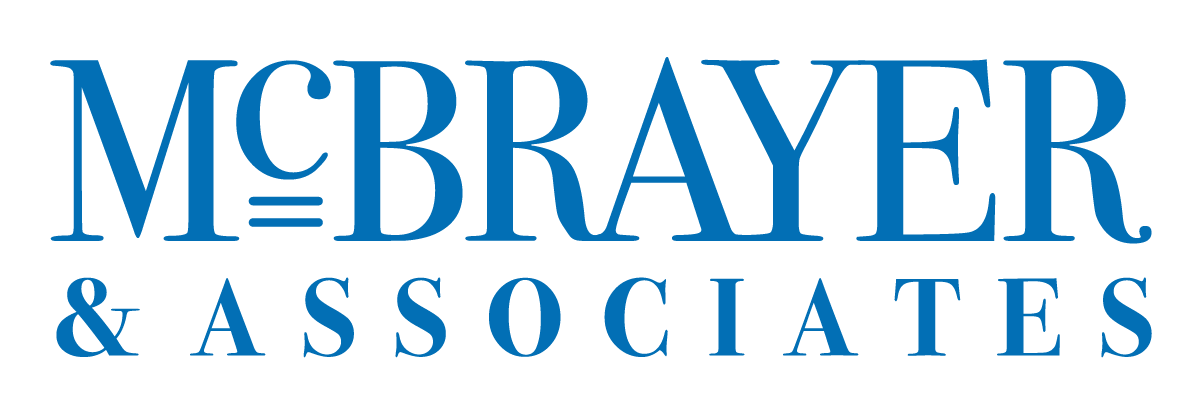7 Simple Ways to Differentiate & Validate Your Solution

Because buyers are hardwired to make decisions by directly comparing their options, Program on Persuasion’s corporate sales training teaches how to position your solution as their best solution. We do this by segmenting this stage of the sales funnel into two steps, differentiation and validation.
The seller’s responsibility at this stage in the business relationship is to draw the comparisons between your solution and all the other options. Once you differentiate your solution to the buyer’s problem, you have to back it up: that means, you need to validate what you said. The key is to draw the right comparisons and then support them. Our corporate sales training shows seven easy ways of doing just that.
Your Solution is the Best Solution
Our solution focuses on the buyer’s pain and gain, and our corporate sales training wants to articulate the comparison in a way that is simple and memorable.
Your Unique Value Proposition (UVP) should do the following three things easy things every time:
- Boldly claim your difference.
- Cure their pain.
- Create memorable contrast.
Boldly Claim Your Difference
The first step in differentiation is to boldly and verbally recognize your company’s difference.
This is when you name and title your proposition. The title should be easy to remember and catchy enough that it stays at the forefront of your prospect’s mind.
Cure the Pain
In the Discovery phase of the business relationship, we asked questions to probe the location of the buyers’ pain. We did so by asking the negative results of not solving their problem or achieving their goal.
In the Differentiation phase, we build on the established path to solution by finding out how we are the best solution. Then, our corporate sales training teaches how to show the prospect why we are the best by differentiating ourselves from their other options.
Create Memorable Contrast
Don’t make them work for it; make your difference easy for your prospect to identify.
Create contrast between yourself and the other options—the contrast is what makes the difference, and it’s what people notice.
Their other options are your competitors; doing nothing; or solving their own problem. At this point, you may remind them how your solution fixes their problem best.
Transfer Confidence
Your buyer confided his/her problems to you as you developed your business relationship. You were probably the one who helped them discover their problems. When confronted with the question, “Could someone else’s option be better?” you are qualified to give the answer: It could be, but I don’t know. What I know, because you have told me what you need, is that we are the best option.
Program on Persuasion’s corporate sales training coaches that the ability to articulate a thorough understanding of the buyer’s issue and exactly how our solution resolves their issue is how we differentiate. The primary reason buyers choose one seller over another is rarely because of a different product, overall solution, or a lower price. It’s because of the individual seller’s ability to demonstrate a better understanding of how their product meets the buyer’s needs.
Validation can also help in transferring the confidence, because validation supports your differentiation. When the research confirms that you are the only tested option, it reconfirms that what you—as their brain trust—are saying is true.
How to Validate
We made some bold claims when we were differentiating. Now, we have to prove it. If we have been persuasive so far in this stage of the business relationship, then the buyer wants to believe us, and they want our solution to work. But they still need proof.
Program on Persuasion’s corporate sales training has developed four different ways to prove your case:
- Third-Party Validation
- Demonstration
- Data Provision
- Painting the Vision
Third Party Validation
The most powerful way to prove your case is Third-Party Validation. Third-Party Validation can exist in the form of a referral or a testimonial. The closer the testimonial is to providing feedback on how we solved this buyer’s specific issue—and how the same Value Proposition achieved the desired result—the more powerful that example will be.
Demonstration
The second most powerful way of providing proof is to actually Demonstrate. Demonstrate how your solution works. If possible, let the buyer do the demonstration. By letting them demonstrate, they not only learn how to perform the task, but also take ownership of the product. (This is why car dealerships want potential buyers to test drive their vehicles.)
Data Provision
The third most effective way of providing proof is through providing data. This data should include product specifications as compared to a baseline.
Paint the Vision
The fourth way to provide proof is to paint a vision of what’s possible by using a similar situation to show your competence and the benefits of choosing your solution.
Conclusion
Buyers directly compare their options in order to make decisions. Program on Persuasion’s corporate sales training first teaches how to differentiate your solution from all the others, and then how to validate the claims you’ve made. The key is to draw the right comparisons and then support them.
Photo by Steve Buissinne.
